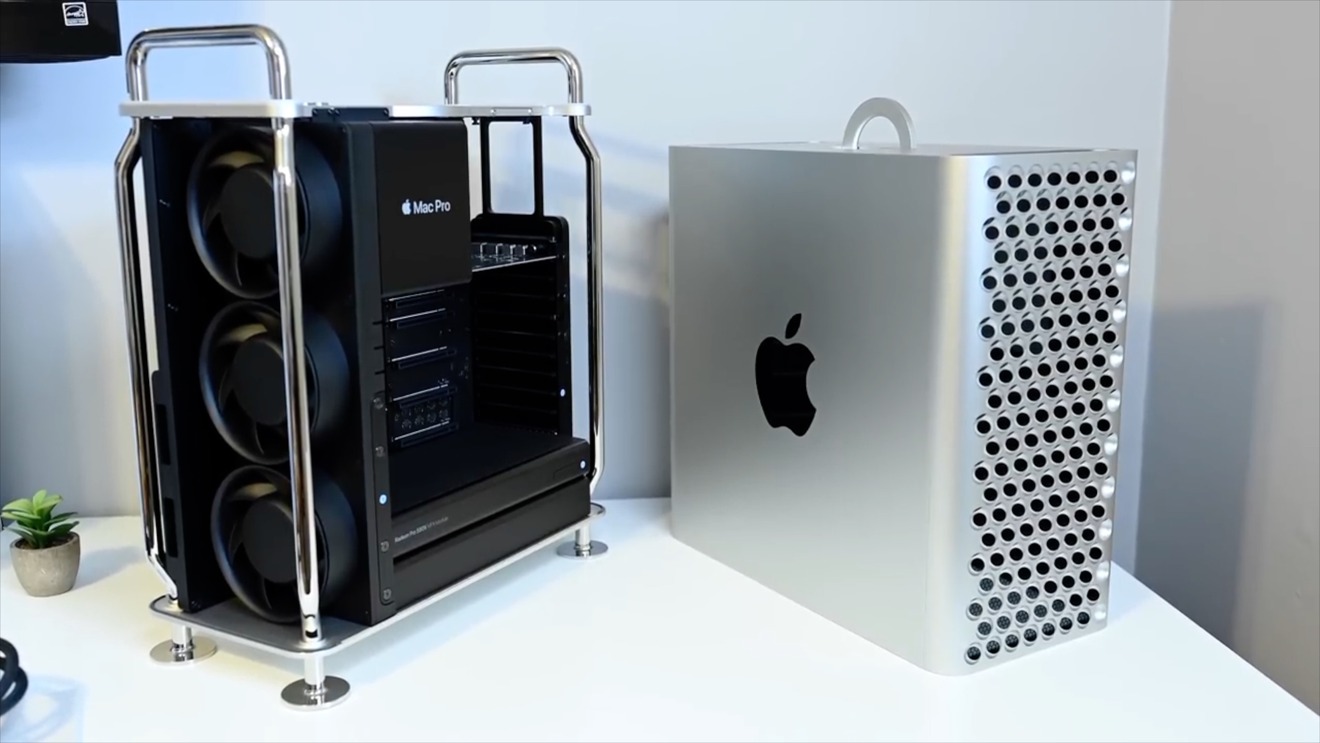

- #How to clean mac pro hard drive how to#
- #How to clean mac pro hard drive mac os#
- #How to clean mac pro hard drive software#
- #How to clean mac pro hard drive trial#
:max_bytes(150000):strip_icc()/MacProHDSled-571526253df78c3fa2d0b4de.jpg)
Start cleaning up Macbook at the beginning – your desktop. Read more about clearing cache on Mac here.
#How to clean mac pro hard drive trial#
Give it a try with a free 7-day trial on Setapp. One Smart Scan with this app will help you clean up Mac, free up a huge amount of space, and speed up your Mac. It’s a full-featured cleaning and optimization assistant that removes clutter, uninstalls unneeded apps, suggests optimization tasks, and can even detect malware.
#How to clean mac pro hard drive how to#
How to clean your Mac in one clickīefore we go through the tips, we should mention that CleanMyMac X can do everything we’ll talk about, automatically.
#How to clean mac pro hard drive software#
We'll show you how to run some Mac cleaning software to get your computer working great again. Files get tucked into odd folders, you download files multiple times thinking you forgot them, and apps do odd things that can slow your Mac down. Without routine maintenance, your digital life can get as cluttered and confusing as the real world. There's probably nothing wrong with it – you likely just need to clean its file system up! In this article, we explain how to clean up Mac and optimize its performance so you can do more every day. You may be wondering why your Mac is running slower than usual. It’s important to keep in mind that if you run the eraseDisk command, the target disk is going to lose all its data, so make sure you are erasing the proper disk.Make your Mac fast and secure with CleanMyMac X. The syntax is going to look like this: Diskutil eraseDisk JHFS+ Empty /dev/disk5s2

#How to clean mac pro hard drive mac os#
Let’s say the disk I want to erase has “/dev/disk5s2” as its identifier and I’m going to use Mac OS Extended Journaled (JHFS+) as the system format type and name it “Empty”. This is the syntax we need: Diskutil eraseDisk FILESYSTEM DISKNAME DISKIDENTIFIER Then pick a name and a system format type. Once you have found the proper drive to erase, just copy its identifier so you can use it for the next command. This is going to list all the mounted drives on your Mac. Start off by running the following command in the command line: Diskutil list Here I'll show you how you can erase and format a disk using the command line. To do that, the only thing you need is a bit of precise syntax to make sure that you are erasing the proper disk. But some Mac users might need to erase them from the command line on Mac OS. Most users use Disk Utility to erase a disk or hard drive.


 0 kommentar(er)
0 kommentar(er)
